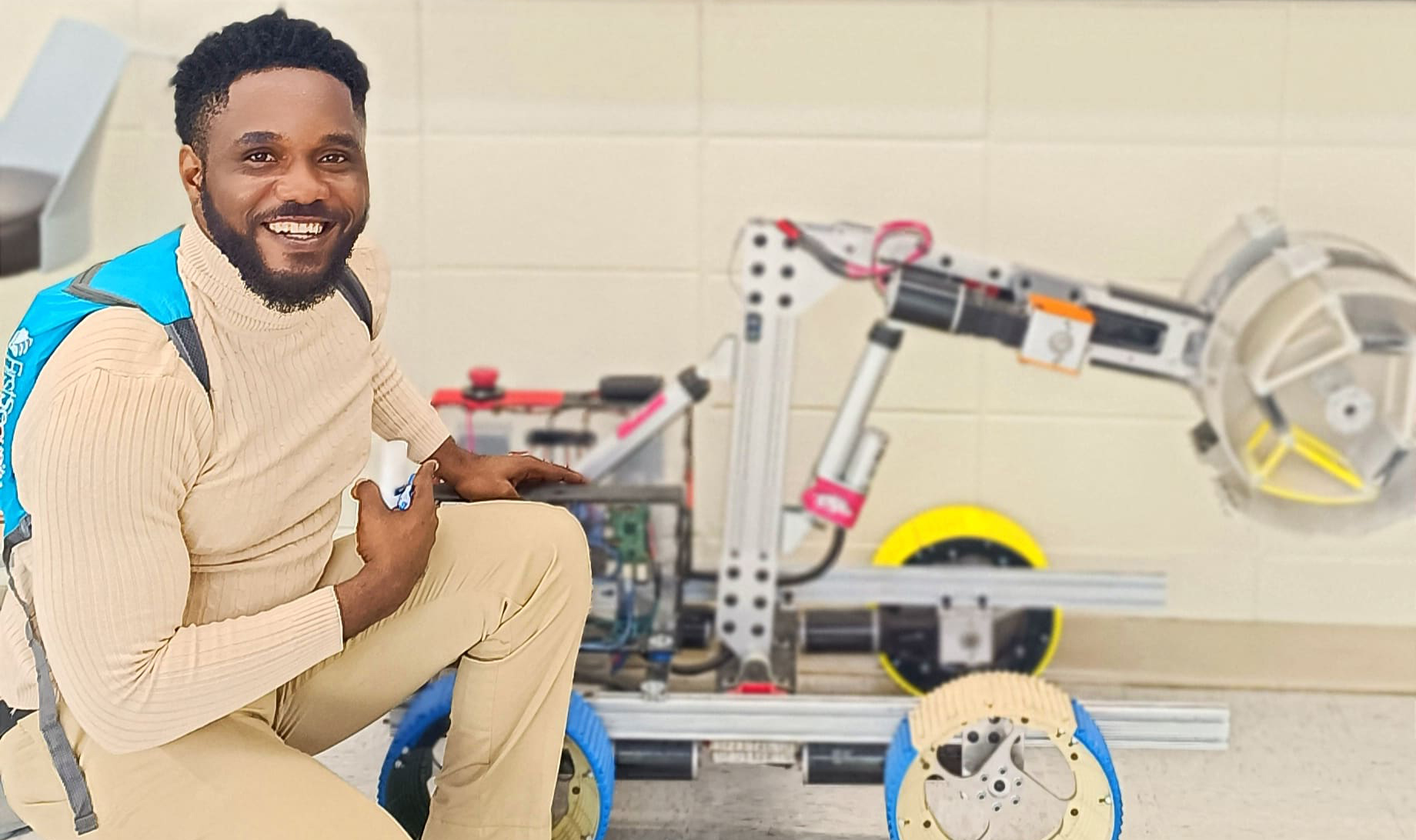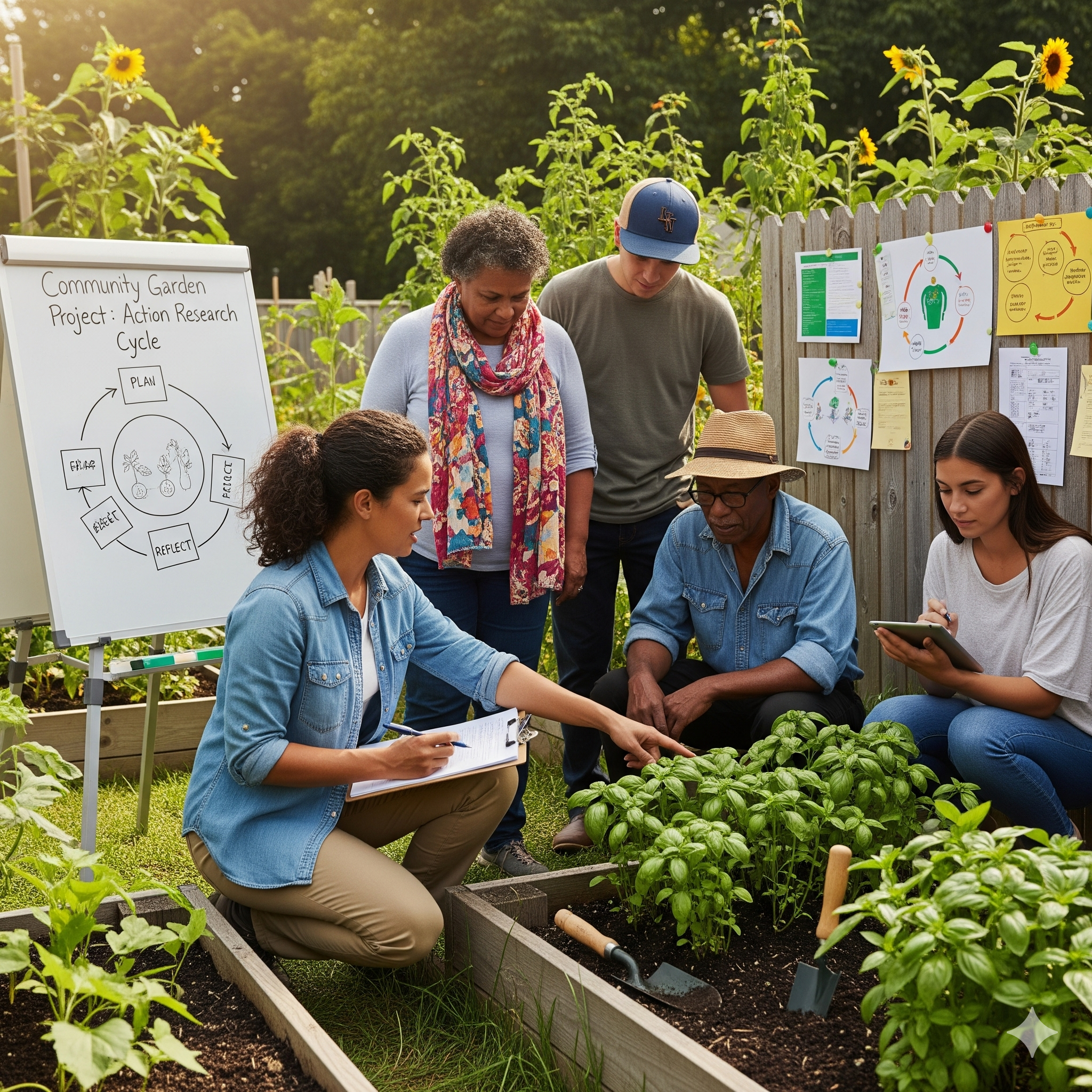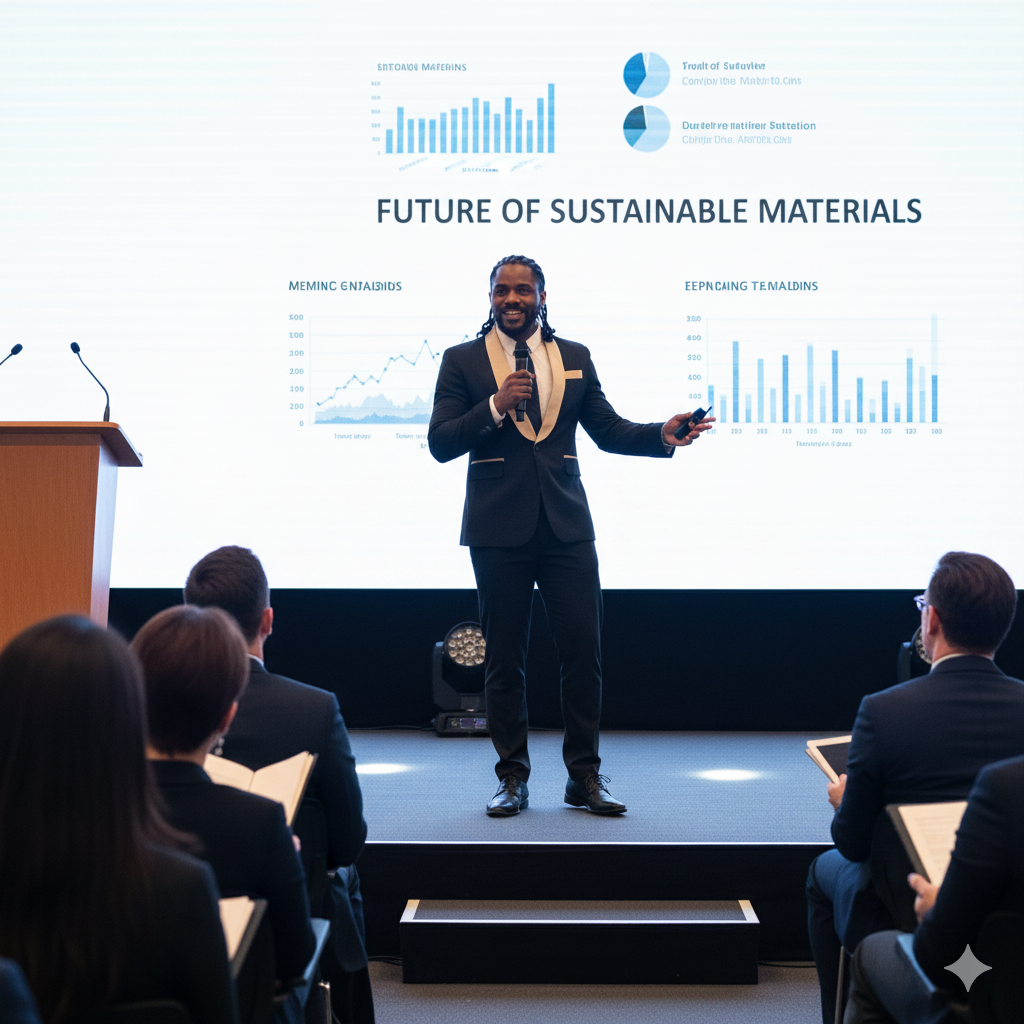Introduction 🏛️
Based on: Eisenhardt, K. M. (1989). “Building Theories from Case Study Research.” Academy of Management Review, 14(4), 532-550.
Case study research is a powerful way to develop new theories, especially in fields where little is known or where existing theories don’t fully explain real-world situations. This method involves deep investigations of specific cases (such as companies, teams, or industries) to uncover patterns and build broader explanations.
Kathleen M. Eisenhardt’s 1989 paper outlines a structured approach for using case studies to create theories. This guide simplifies her insights into an easy-to-understand format.
What is Case Study Research? 🤔
Case study research involves studying one or more specific examples in detail to develop new ideas or refine existing theories. Unlike experiments that control conditions, case studies explore real-life situations as they naturally occur.
This method is useful when:
- A topic is new and lacks established theories, meaning there is little prior research to guide understanding. Case study research allows for in-depth exploration of uncharted areas.
- Current theories do not explain certain behaviors or outcomes, highlighting gaps that need further examination. By analyzing specific cases, researchers can uncover missing links and propose new theoretical perspectives.
- Researchers want to understand complex interactions in real settings, such as how various factors influence decision-making in organizations or how technology adoption differs across industries. Case studies provide a holistic view of real-world dynamics that cannot be captured through controlled experiments alone.
Steps for Building Theories from Case Studies 🛠️
Step 1: Defining the Research Question 🎯
Before starting, researchers must clearly define what they want to study. A good research question serves as the foundation for the entire study and should be:
- Focused (not too broad or vague). A well-defined question ensures that the study remains manageable and does not attempt to address too many issues at once.
- Relevant to existing gaps in knowledge. The research question should contribute to advancing understanding in a particular area, providing new insights or refining existing theories.
- Exploratory (aimed at discovering new patterns rather than testing fixed ideas). This approach allows researchers to uncover new relationships, behaviors, or mechanisms that were not previously documented.
- Empirically Investigable, meaning the question should be structured in a way that allows for data collection and analysis. It should not be based purely on speculation but should be answerable through real-world observations and evidence.
For example, instead of asking “How do companies succeed?”, which is too broad and vague, a better research question might be “How do small tech startups adapt to market changes in response to economic downturns?” This refined question narrows the scope and specifies the conditions under which adaptation is studied, making it more practical for research.*
Step 2: Selecting the Cases 🔍
Researchers choose cases that provide useful insights and contribute meaningfully to theory-building. They may select:
- Extreme or unique cases (e.g., a company that succeeded despite major challenges or an organization that failed unexpectedly). These cases help researchers understand exceptional conditions and outliers that may challenge existing theories.
- Typical cases (e.g., an average company in an industry that represents common trends and behaviors). These cases provide generalizable insights that can be applied across similar contexts.
- Multiple cases (e.g., studying several companies across different industries to compare different situations and find common patterns). This approach strengthens the robustness of findings by highlighting similarities and differences across cases.
- Longitudinal cases (e.g., studying a single company over time to track changes and adaptations). This method helps researchers understand how organizations evolve and respond to challenges over extended periods.
- Contrasting cases (e.g., selecting companies with opposite outcomes in similar circumstances to understand key differentiating factors). This can reveal causal mechanisms and clarify what leads to success or failure.
Case selection should be based on theoretical sampling, meaning cases are chosen because they help answer the research question, not just because they are convenient. The goal is to ensure that selected cases provide meaningful insights that contribute to building, refining, or challenging existing theories.
Step 3: Collecting Data 📊
Data collection involves gathering information through multiple sources to build a well-rounded understanding of the case. Researchers use the following methods:
- Interviews 🎤: Researchers talk to people involved in the case to gain firsthand insights. These interviews can be structured (with predefined questions), semi-structured (a mix of fixed and open-ended questions), or unstructured (free-flowing conversations).
- Observations 👀: Researchers watch events unfold in real-time, capturing behaviors, interactions, and contextual details that might not be evident through interviews or documents. This method helps to understand implicit dynamics within the case.
- Documents and Reports 📑: Analyzing existing materials, such as company records, internal reports, emails, financial statements, or publicly available news articles, provides a historical perspective and helps validate information gathered from other sources.
- Surveys and Questionnaires 📋: Collecting structured responses from a larger sample within the case provides quantitative insights and helps identify patterns across different stakeholders.
- Archival Research 🏛️: Examining historical records, databases, or industry reports allows researchers to track trends, understand past decisions, and place the case in a broader context.
Using multiple sources (a technique called triangulation 🔄) ensures accuracy, reduces bias, and enhances the credibility of findings by cross-verifying information from different angles.
Step 4: Analyzing the Data 📑
Once data is collected, researchers must systematically analyze it to uncover patterns, relationships, and insights that contribute to theory development. This step involves several key techniques:
- Comparing within cases 🔍: Researchers examine data from each case individually to identify recurring themes, key events, and unique aspects. This process helps create a deep understanding of each case before making comparisons.
- Comparing across cases 📊: By examining multiple cases side by side, researchers look for commonalities and differences. This comparison helps identify broader trends and factors that influence outcomes across different scenarios.
- Coding and categorizing data 🏷️: Researchers break down raw data into meaningful categories or themes. This process, often using qualitative analysis software, ensures that key findings are systematically organized.
- Identifying causal relationships 🔗: Through logical reasoning and pattern recognition, researchers determine how different factors interact within and across cases. This helps in explaining why certain outcomes occur.
- Building explanations 🏗️: Researchers develop narratives or models that explain the observed patterns. These explanations integrate findings from the cases and align them with existing theories or propose new theoretical contributions.
This step is crucial for transforming raw data into meaningful insights, ensuring that findings are robust, well-supported, and contribute to the development of a sound theoretical framework.
Step 5: Developing Theory 🏗️
As researchers analyze data, they begin forming theories by:
- Grouping similar findings to identify common patterns. This involves clustering data points that show consistent relationships or recurring behaviors across cases. Patterns can emerge from shared themes, responses, or observed trends.
- Explaining differences by considering what unique factors might have influenced outcomes. Researchers must account for variations between cases, investigating how contextual elements such as industry type, organizational structure, or external market conditions impact results.
- Refining ideas by comparing results with existing research. This step ensures that emerging theories align with or challenge established knowledge, helping to refine hypotheses and strengthen theoretical contributions.
- Iteratively revisiting data to validate assumptions and enhance theoretical clarity. Researchers often return to their data multiple times to test emerging ideas, refine definitions, and eliminate inconsistencies.
- Constructing conceptual frameworks that illustrate relationships between different factors. These frameworks help explain how and why observed phenomena occur, offering a structured model that can be tested and expanded in future studies.
The goal is to create a theory that explains real-world behaviors in a clear, logical way, ensuring it is both grounded in evidence and applicable to broader contexts.
The goal is to create a theory that explains real-world behaviors in a clear, logical way.
Step 6: Testing the Theory 🔬
To strengthen a new theory, researchers follow a rigorous validation process that includes:
- Comparing their findings with established theories 📚: Researchers analyze how their new theory aligns with or diverges from existing knowledge. This comparison helps refine the theory and ensures it contributes meaningfully to academic discourse.
- Testing the theory in additional cases 🔄: Applying the theory to different settings helps determine whether it holds across various conditions or if it only applies to specific circumstances.
- Seeking alternative explanations 🔍: Researchers must critically evaluate whether other factors could explain their findings. This process helps eliminate biases and strengthens the reliability of the proposed theory.
- Conducting replication studies 📊: Repeating the research in similar or different contexts ensures that the theory remains valid and applicable in multiple scenarios.
- Engaging with peer review and expert critique 🏛️: Receiving feedback from other scholars helps identify weaknesses, refine ideas, and ensure the theory meets rigorous academic standards.
A strong theory should be logical (internally coherent), generalizable (applicable beyond the studied cases), testable (open to empirical validation), and supported by robust evidence.
Why is This Approach Useful? ✅
- Flexible: Allows exploration of new areas where little research exists, enabling researchers to uncover novel insights and refine emerging theories without rigid constraints.
- Realistic: Studies real-world settings instead of artificial experiments, providing a more accurate representation of how processes, behaviors, and interactions unfold in natural environments.
- Detailed: Captures complex interactions that other methods may overlook, including subtle nuances, contextual influences, and dynamic relationships that contribute to a deeper understanding of the subject matter.
- Rich in Context: Unlike purely quantitative methods, case study research provides in-depth narratives that illustrate how and why certain outcomes occur, making it valuable for both academic research and practical applications.
- Adaptive: Researchers can adjust their focus based on emerging findings, allowing for iterative refinement of hypotheses and deeper exploration of unexpected patterns.
Common Challenges & How to Overcome Them ⚠️
| Challenge | Solution |
|---|---|
| Choosing the right cases | Use theoretical sampling, not convenience sampling. |
| Handling large amounts of data | Organize findings systematically with charts and notes. |
| Avoiding bias | Use multiple sources and cross-check data. |
| Developing a clear theory | Compare results with existing research and refine ideas. |
Conclusion 🎯
Building theories from case studies is a structured but flexible way to develop new ideas. By following these steps—defining the research question, selecting cases, collecting data, analyzing findings, developing theories, and testing them—researchers can create valuable insights that contribute to knowledge and practical solutions.
This method remains one of the best ways to explore complex, real-world problems and develop theories that truly reflect how things work in practice.










Leave a Reply